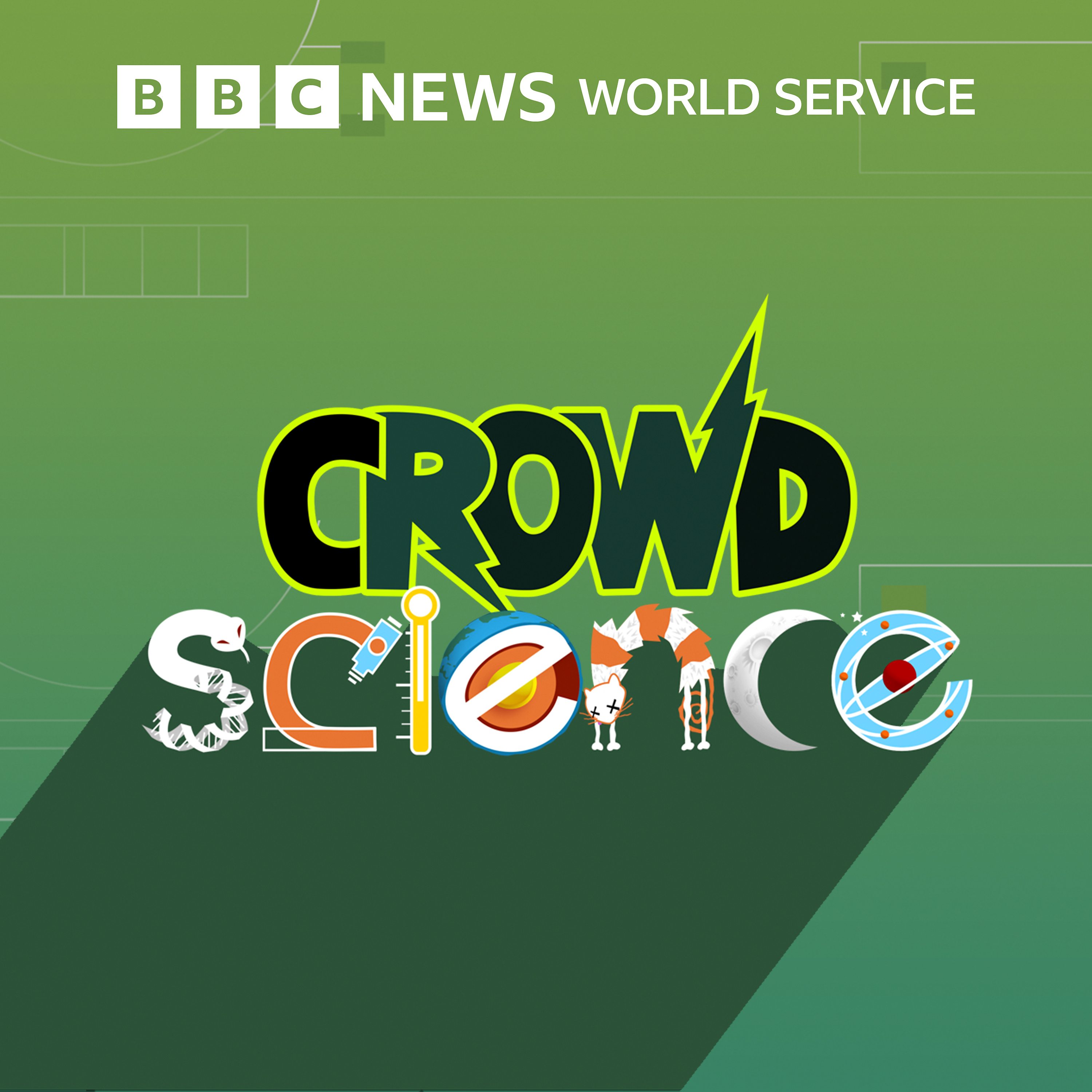Sometimes in science, when you try to answer one question it sparks even more questions.
The CrowdScience inbox is a bulging example of that. We get tons of new questions every week and many of those are following up on episodes we’ve made. Sometimes you want us to go deeper into part of the answer, or sometimes a subject intrigues you so much that it inspires further questions about it.
In this episode presenter Caroline Steel is on a mission to answer some of those questions.
The CrowdScience episode How do fish survive in the deep ocean? led listener Ivor to wonder what sort of vision deep sea fish might have. On hand to answer that is Professor Lars Schmitz, Kravis Professor of Integrated Sciences: Biology, at Claremont McKenna College in the USA
Sticking with vision, we also tackle a question inspired by the CrowdScience episode Do we all see the same colour? For years listener Catarina has wondered why her eyes appear to change colour. Professor Pirro Hysi, ophthalmologist at the University of Pittsburgh, sheds some light on that subject.
In India, Rakesh listened to the CrowdScience episode Will the Earth ever lose its moon? and wondered about Jupiter’s many moons. The European Space Agency’s Ines Belgacem is working on a new mission to study Jupiter’s moons. She explains which of the giant planet’s ninety seven moons are ones for Rakesh to watch.
We also hear how the episode Why can’t my dog live as long as me? caught the attention of listener Lisa... and her cat. She had us falling in love with the long history of falling cats and the scientists who study them. Caroline is joined by Professor Greg Gbur, physicist at the University of North Carolina, Charlotte in the USA and author of Falling Felines and Fundamental Physics.
Could this episode of follow up questions lead to an episode investigating the follow up questions to these follow up questions? Have a listen and, who knows, maybe you’ll find yourself inspired to email [email protected]
Presenter: Caroline Steel
Producer: Tom Bonnett
Editor: Ben Motley
(Photo: Innovation and new ideas lightbulb concept with Question Mark - stock photo Credit: Olemedia via Getty Images)


